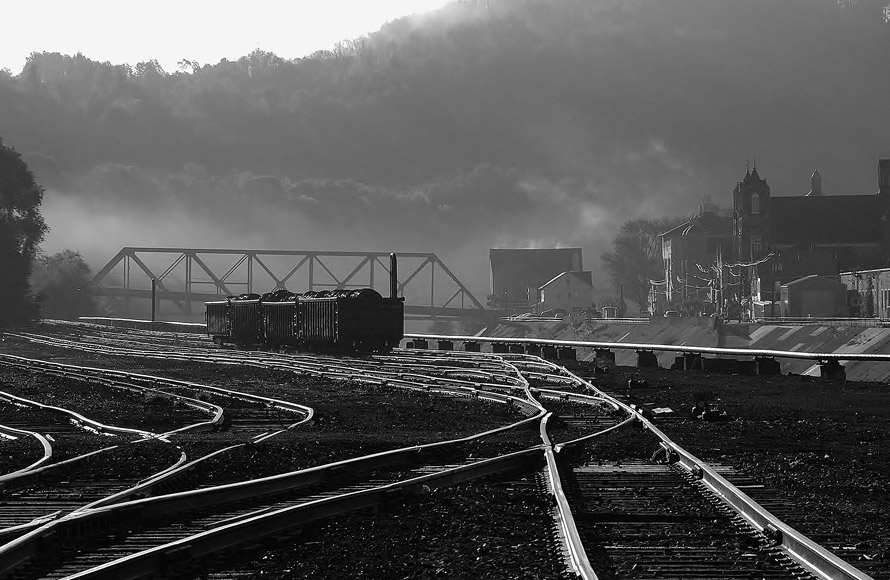
When you start out watching trains as a kid, most of what occupies your attention is the locomotive—big and noisy and powerful. After that, the rest is just legions of freight cars and (when I was young) a caboose bringing up the rear end. I’ll admit that I gave little thought as to what the trains hauled or where they were from or where they were headed—all I wanted to see were locomotives, especially those of the minority builders. Time and age changed that; I began to step back away from the tracks and look at all that was happening around the railroad.
Being from Pittsburgh, it was inevitable that I would pick up on the main source of traffic in my town—steel mills. In the 70’s they still lined the rivers and filled the factory valleys with smoke and noise. They kept many local shortlines and a few mainlines alive. My friends and I would stand on bridges and watch, amazed, as those great factories produced the material that tied our country together.
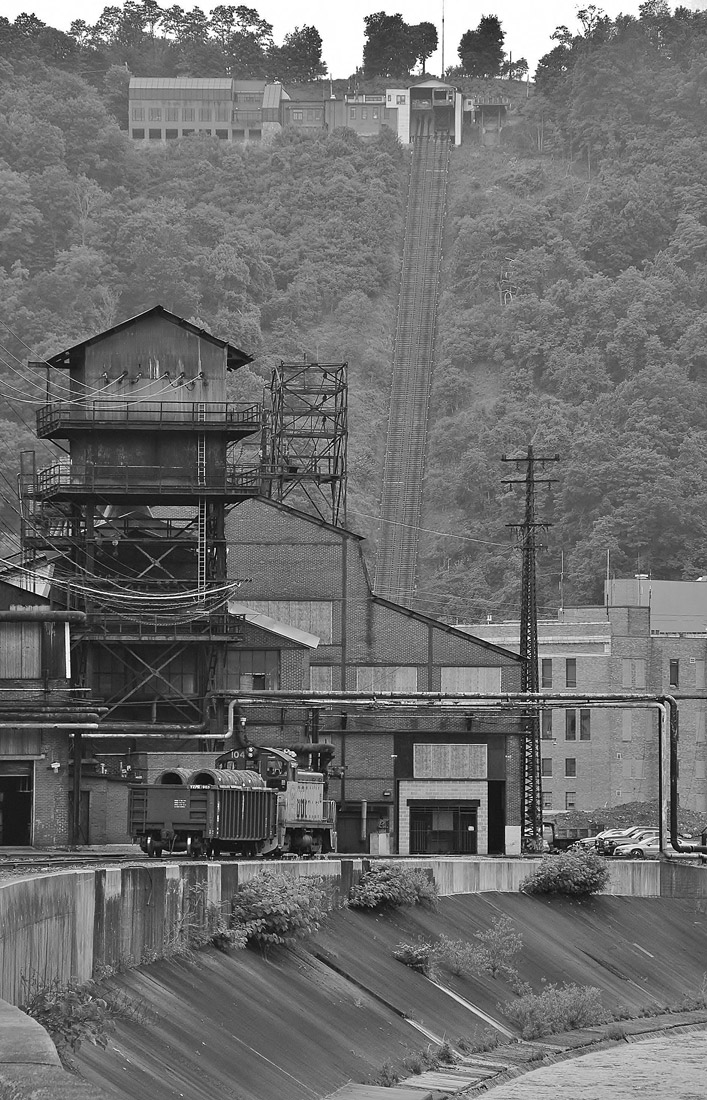
Sadly, the recession which began in the 80’s compressed the inevitable decline of heavy industry from 20 to 25 years into less than a decade. Pittsburgh is now so clean; you’d hardly know that it was once the Smokey City. When the mills left, so did the traffic. Oh, a few mills still soldier on, but they are few and far between. One of the last old time steel towns left in western Pennsylvania is in Johnstown, which still boasts two remnants of the mighty Bethlehem Steel—Gautier Steel and Johnstown Wire Technology. Both plants survive because they have niche markets (which they serve well) and a dedicated workforce.
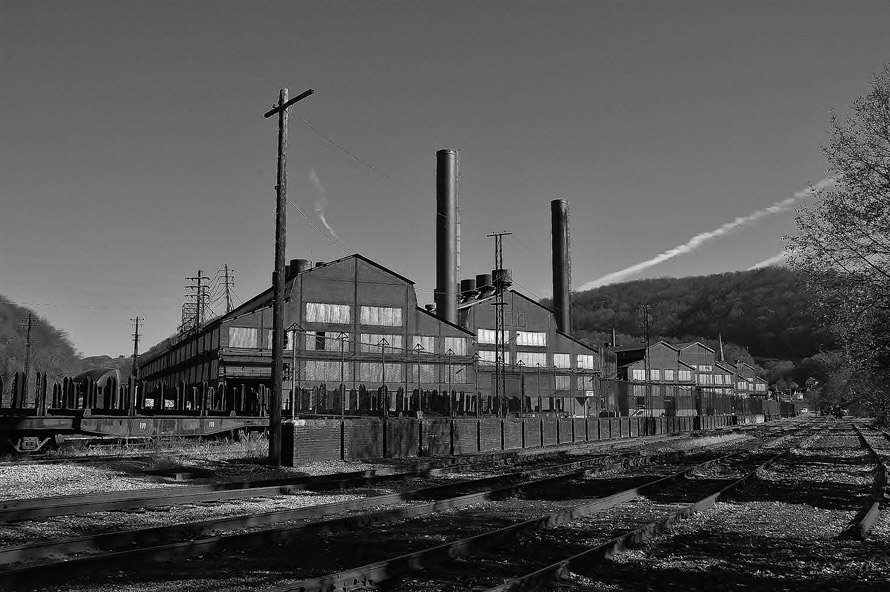
Since my company does business with both plants, I get to go into the facilities and watch how they interact with the railroads that serve them. Wandering through the big mill buildings is always a treat—each time I go, I see something new that catches my eye. This year has been special: the bright morning fall light just setting off the coil gondolas in front of the churches while illuminating the almost empty yard; the churches themselves standing in the sun with the Conemaugh & Black Lick tracks in front; and finally the buildings of the Gautier 14 Inch mill with empty billet cars in the foreground.
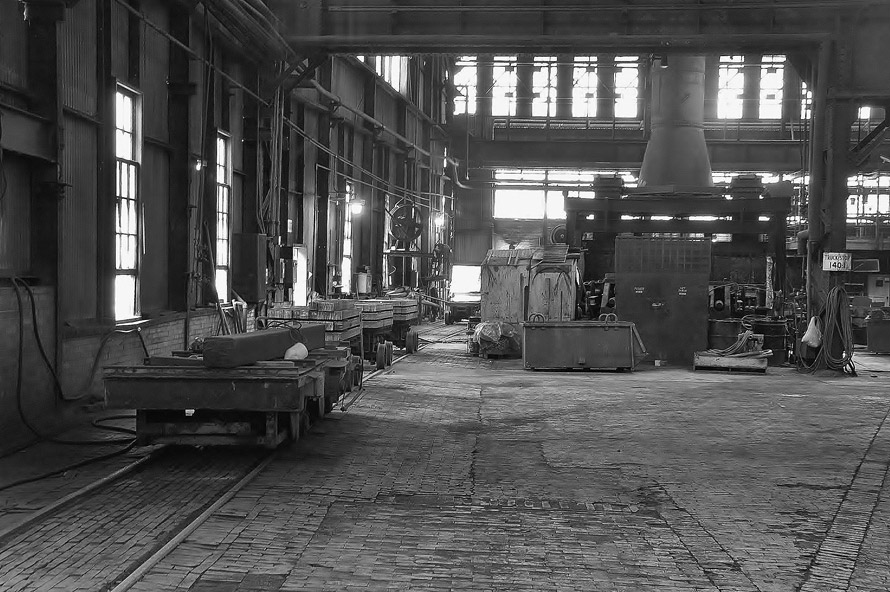
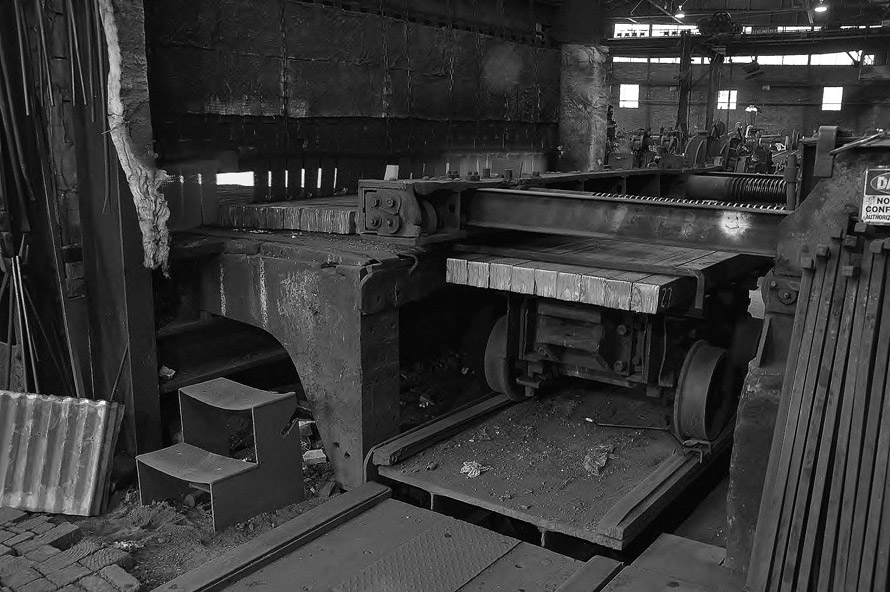
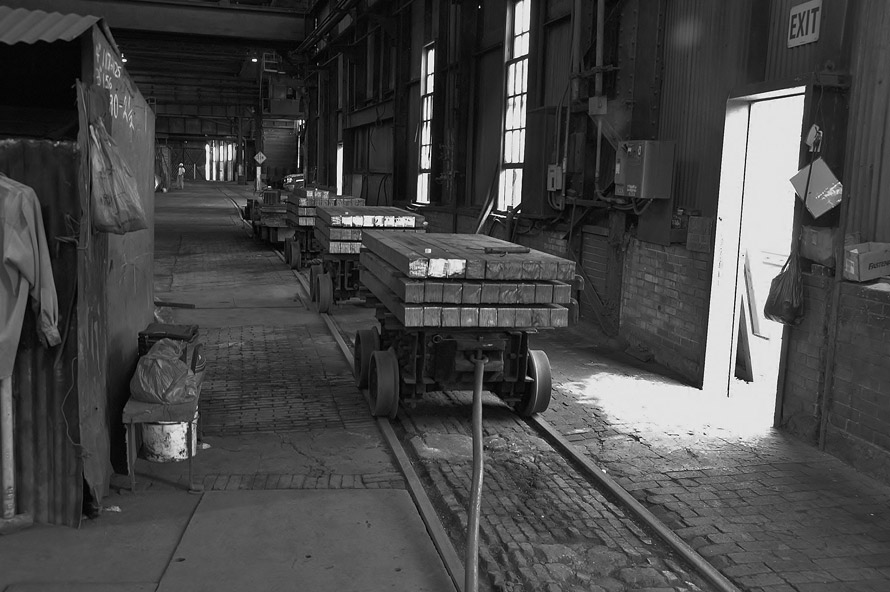
Inside the red brick buildings of Gautier Steel lie four rolling mills. Each mill makes a different product and each has its own fascinating idiosyncrasies. The 14 Inch mill is served by rail and breaks down billets to feed both the 9 Inch and 12 Inch mills. The 12 Inch has its own little narrow guage rail line to move billets to the furnace. The 9 inch still rolls joint bars for mine trackage. The newest mill, the plate mill, came up here on the railroad from Alabama and rolls specialty plate.
It’s all old, but it’s all familiar and comforting to me in this modern era.”
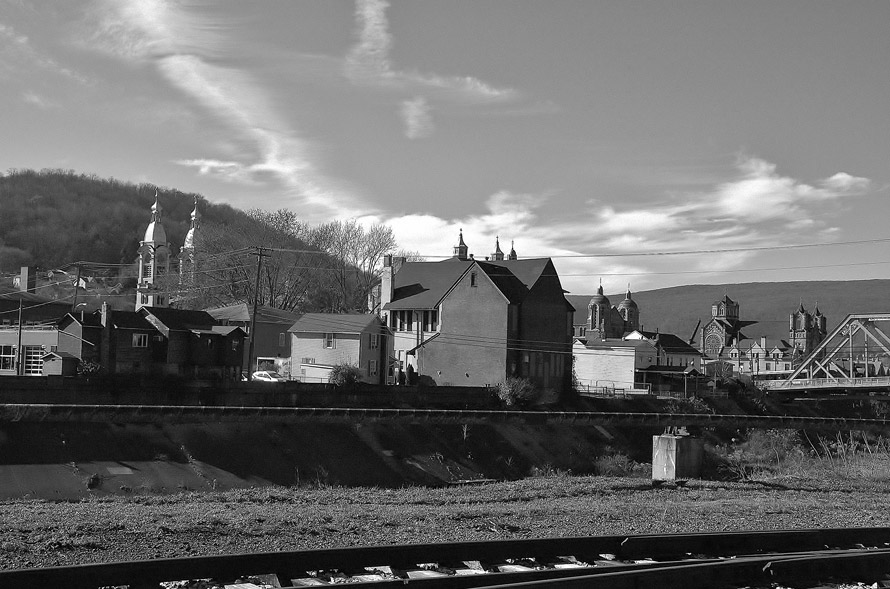
Johnstown may be a shadow of what it once was, but the old Pennsy main still threads through town, slinging 40 to 60 trains a day through here, the mills still provide a few good jobs for the local men and women and the heart of the town still beats. There are good folks here and a bunch of good places to eat, each with a cast of characters. Again, it may look like the town is a bit backward, living in the past, but is that so bad? At least industry still lives in the Conemaugh Valley, unlike so many others.
I’m glad that long ago, I decided to look past the trains and see those mills rising up in the background and I’m glad that I followed the tracks to Johnstown.
Kevin Tomasic – Photographs and text Copyright 2017
Good stuff !
Reminds me of my childhood in Providence….very nice article. Thank you
Great job, Kevin. You always make me homesick for western PA, eastern OH and the WV panhandle.
Couldn’t agree more. Thank you for this great piece.
Well done. Love the photos.
Wonderful photos and story. Amazing is the fact that such old manufacturing machinery is still viable.
As a Project Engineer for Chicago’s Republic Steel in the 80’s, I toured the Johnstown Bethlehem plant to see some equipment that we were thinking of buying new. A few things I remember seeing are: the Blast Furnace with a solidified burden left in place from one of their Great Floods; the tiny mill stand for making kids snow sled rails (in town out in front of the museum); and high water marks displayed in town. Enjoyed the story & pics.
Great photos! I love this stuff! I recently retired after 45 years inside five different plants in four different states. We recently moved to Johnstown from Irwin. Whenever we tell the locals here this they say,”why”? Our answer is we fell in love with an old home in Westmont. I would like to put together a O Ga. train set running around my trim in the living room. I wanted to make it authentic to the era of the past. Looking for historic photos of the past.
Thanks R Morin
Love the photos! Railroad switchers and Steel Mills have always been of interest for me. I follow and take pictures of see C&BL often. Despite having seen C&BL a bunch of times operating I still never know what they’re going to do with those two factories with the freight they receive from NS or CSX. I wanted to see those specialized flatbeds at Gautier there for some time but still haven’t.